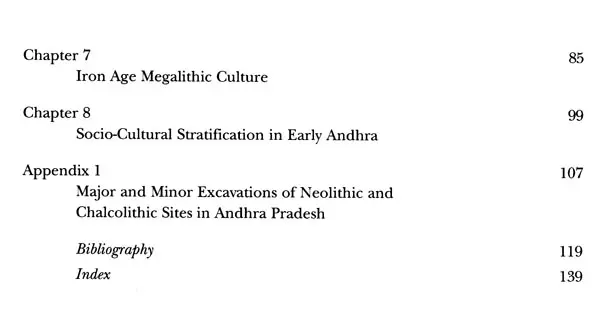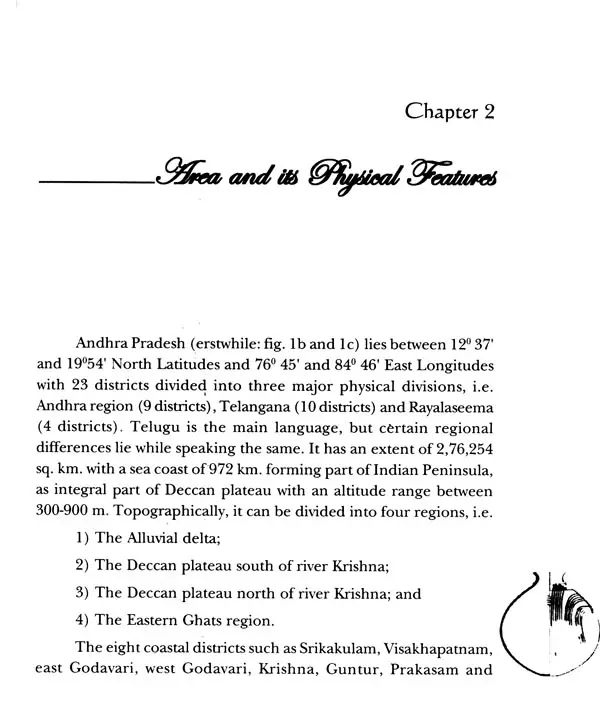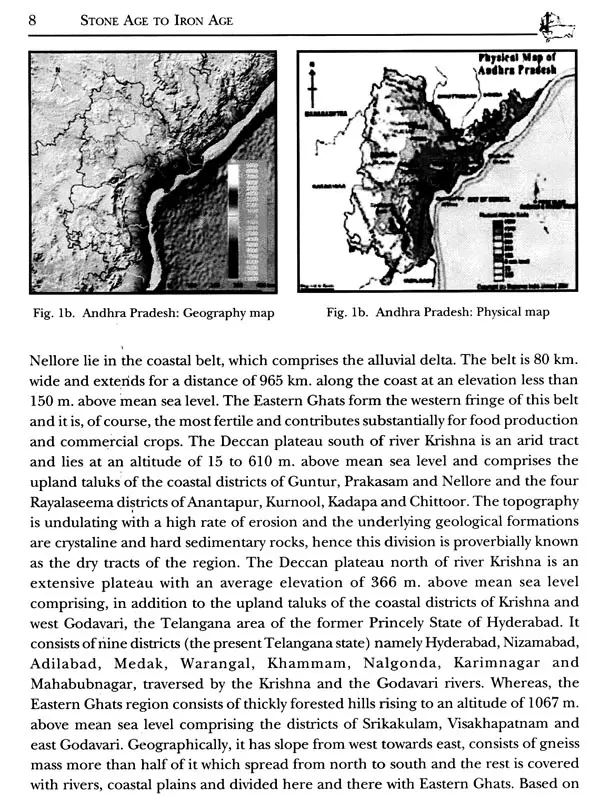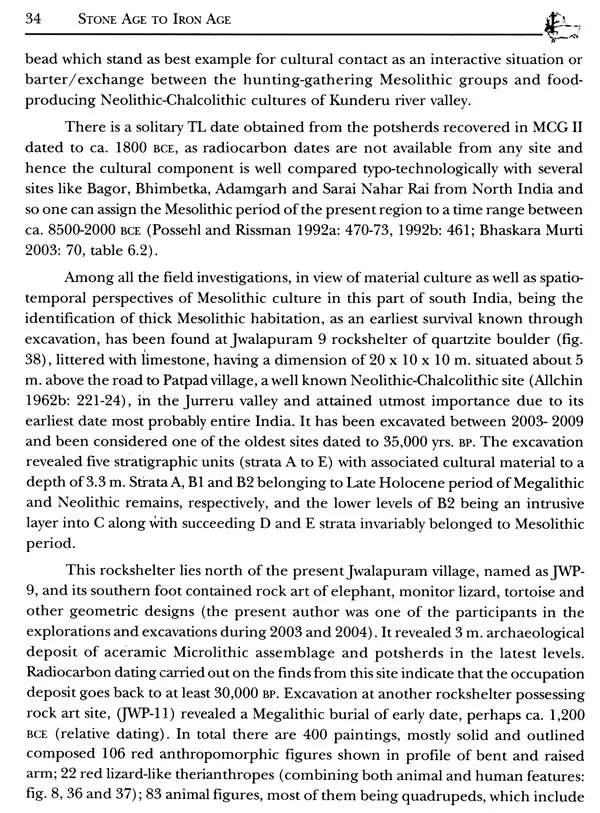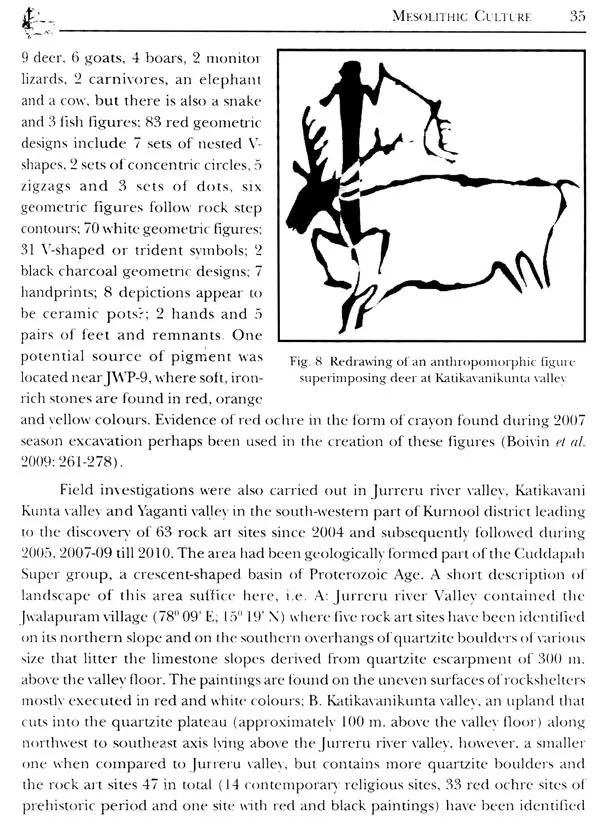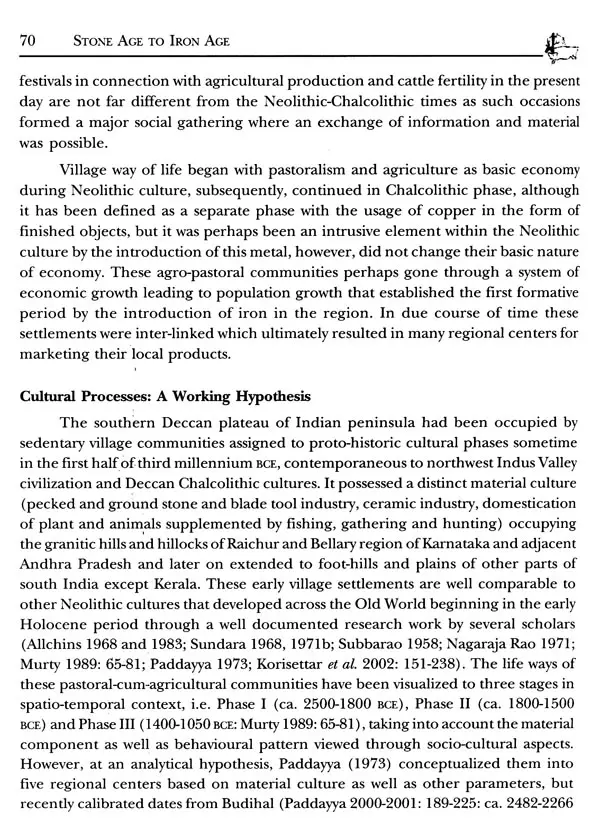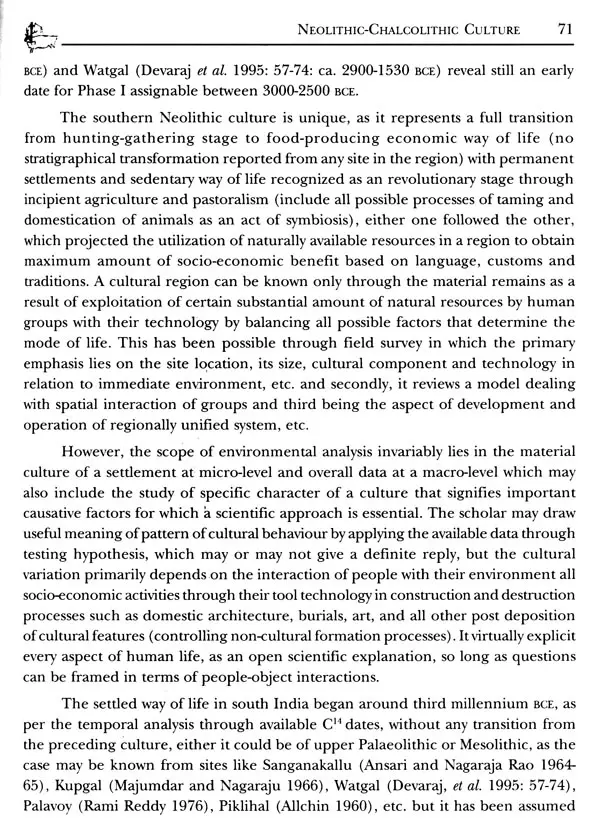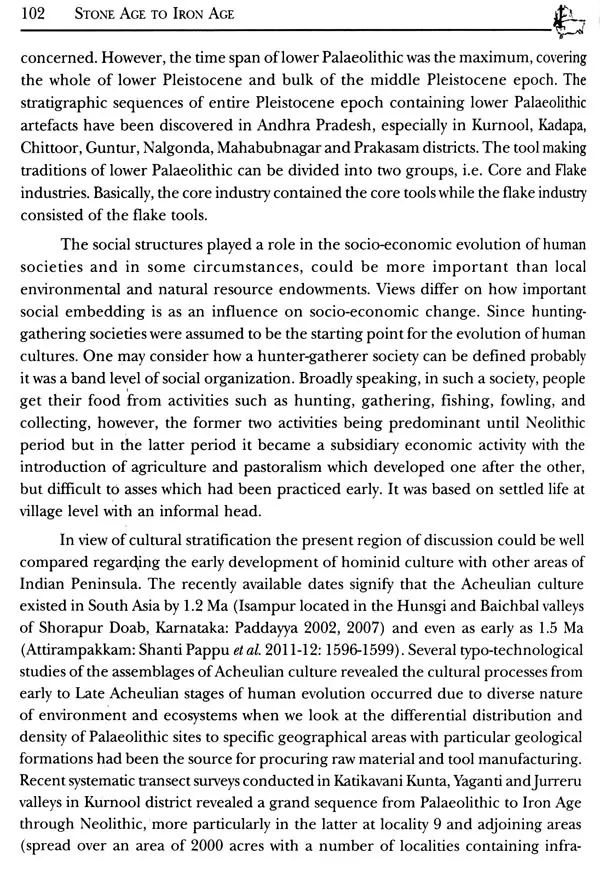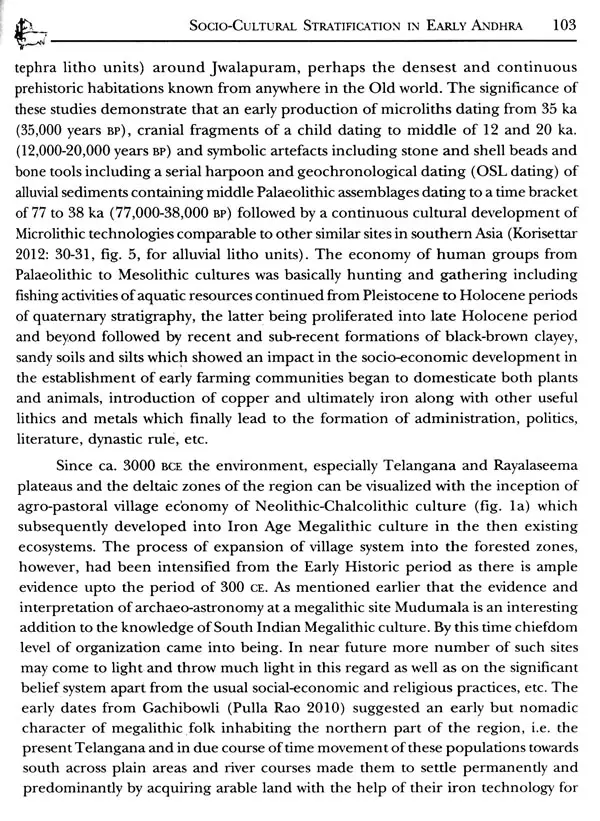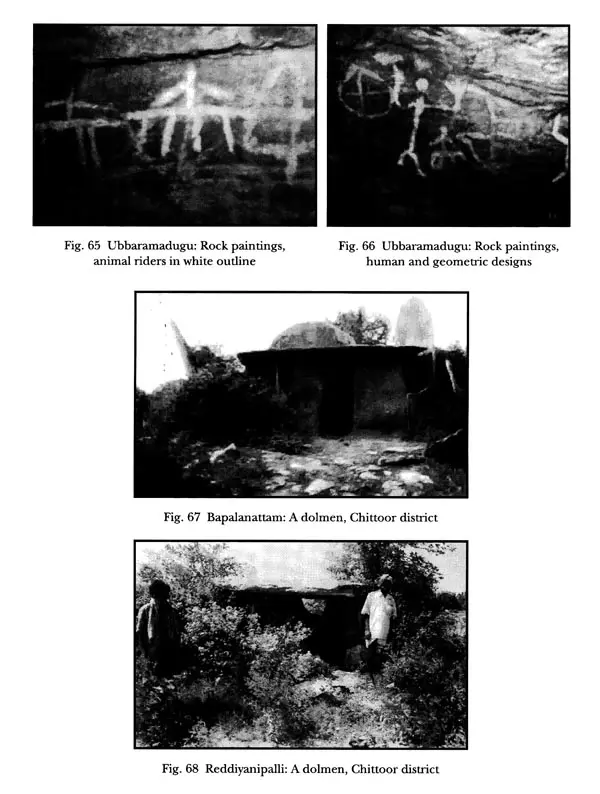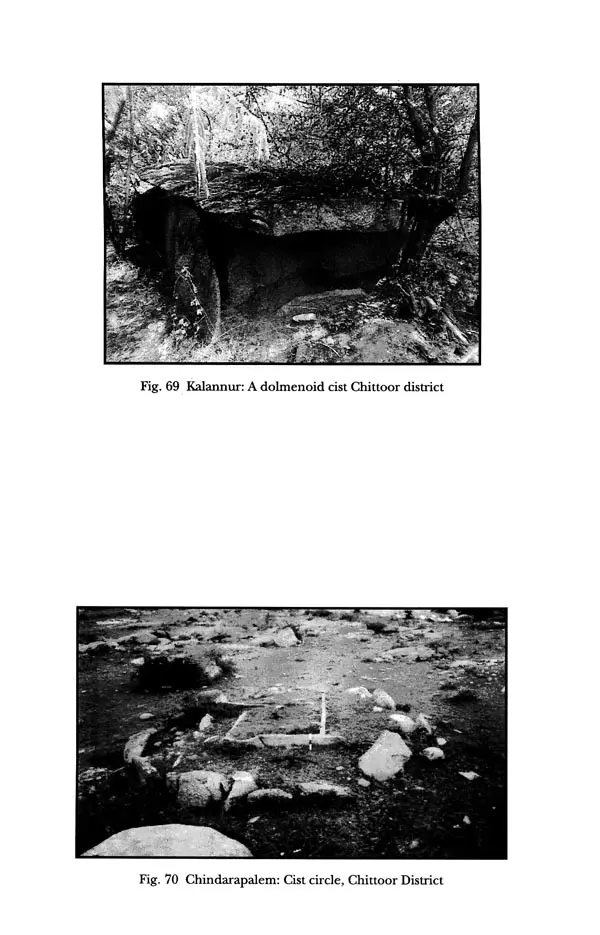About the Book In order to reconstruct any period of history, the discipline of archaeology has been a base to obtain data in the form of coins, inscriptions, habitations, temples, forts, tombs, monuments, icons, terracotta’s, etc.
The present book is a comprehensive evaluation of Early Human cultures flourished in Andhra Pradesh based on the result of archaeological investigations and scientific studies carried out by several individual scholars from time to time. It deals with Stone Age Cultures periodically divided into lower, middle, upper Paleolithic and Mesolithic cultures as well as subsequent early village settlements of Neolithic-Chalcolithic and Megalithic cultures in view of socio-economic and cultural feature of each 'culture in its geographical setting' in spatiotemporal perspectives. If accounts the depiction of hunter-gatherer communities and village farming communities viewed' through the present day tribal communities as part of analogy for better understanding the existence of past human life which formed an incredible base and development of human population since time immemorial.
This book on prehistory of Andhra Pradesh will be useful to young people who are interested in archaeological studies.
About the Author Dr P.C. Venkatasubbaiah (b. 1960), Faculty member (Professor and BOS Chairman) in the Department of History, Archaeology and Culture, Dravidian University, Kuppam, Andhra Pradesh. He did Master's in 1984 from Nagpur University, Nagpur, and Ph.D. in 1992 from Deccan College Post-Graduate and Research Institute, Pune. Subsequently, pursued Post-Doctoral Research at P.S. Telugu University, Srisailam Campus, Andhra Pradesh.
As part of his archaeological field investigations since 1986 discovered more than 300 sites (i.e. prehistoric, proto-historic, early historic, etc.) in Chittoor, Kadapa and Kurnool districts of Andhra Pradesh. He has 80 research articles and two books to his credit. He has conducted two National seminars and completing UGC and ICHR Research Projects in Chittoor and Kurnool districts. He is a life member of several academic bodies dealing with archaeology and history, i.e. APHC, SIHC, IHC, ISPQS, Ancient Asia, Dravidian Studies, etc.
Preface Being a student of biological sciences at graduation level I had an opportunity to shift myself to utilize my limited knowledge and hard work for the' cause of archaeology, after joining for Post- Graduation at agpur University, agpur to learn ancient Indian history, culture and archaeology. However, it did not fetch me thorough knowledge in, archaeology and since interested in studying ancient remains right from Stone Age cultures and many such things, one could investigate and record things hidden in/on the earth surface as archaeological data, got an opportunity to join at Deccan College' Post-Graduate and Research Institute, Pune under the guidance of Prof. K. Paddayya, expert in field archaeology, new archaeology and a recipient of Padmasri in 2012, who gave me 'an ample scope and opportunity to associate myself in his field investigations in different parts of Karnataka, especially in Shorapur doab, as a research scholar, at least one to two months period, knowing and understanding all kinds of archaeological sites, i.e. Stone Age sites, Neolithic sites, Megalithic ( sites, Historical sites including medieval temples, forts, etc. and even historical places belonging to much later periods. This enabled me to learn things useful for undertaking individual research work in understanding pre- and proto-historic populations and their economy through field investigations in the Central Pennar Basin, Cuddapah district of present Andhra Pradesh. It has been an enchanting desire of me writing about the past human cultures that survived in this part of Peninsular India and has been fulfilled by this book, a synthesis of archaeological research work, done not only by me but also many distinguished scholars of Andhra Pradesh and in a way of believing that this piece of writing would help young scholars who are interested in field archeology which is diminishing day by day as most of them are interested to carry their research without much field study. At this juncture I would like to emphasize that, in order to reconstruct any period of history, the discipline of archaeology has been a base to obtain data in the form of coins, inscriptions, habitations, temples, forts, tombs, monuments, icons, terracotta’s, etc. Recently, there has been an emphasis on studying ethnic groups to throw parallels for better understanding of Stone Age populations hither to known as ethno-archaeology through which a record of fast changing behavioral pattern of aboriginal tribes, i.e. Chenchus, Yanadis, Yerukulas, Savaras, Kondareddis; etc. along with many more such endangered social groups would be preserved and studied to build up ethno-history which not only encourage young nastonans and arcane to strive fm fusion or. It has been ill: long wish to transfer my little knowledge of prehistory of Andhra Pradesh to young people who are interested in archaeological studies.
Introduction Even though the earliest literary reference of Andhra society being the Aitareya 13rahmana, but it had its reminiscences (like any other geographical region of India suitable for the survival of early human groups) during prehistoric, proto-historic and the succeeding early historic cultural periods. In the first period the differences in each sub-period or phase was the result of certain developmental processes which involved the demonstration of both typo- technological and spatio-temporal phenomenon in the manifestation of socio-economic pursuits. Whereas, the second period had been one of the other developmental processes that can be considered the base for several socio-cultural developments like social organization, religion, traditions, customs, beliefs, exchange system, communication, trade and commerce, art,. language, etc. which finally maneuver the gain of political establishment of a region.
However, the very inception and the process of development in the early human society of the present region could be traced and studied in different angles inter-linked with various factors derived absolutely from geographical, cultural and many other determined parameters. In order to trace these historical episodes, especially the nature of society and its transformation, that perhaps took several hundred, thousand years by undergoing various stages of performances primarily designated to the formation of a simple society survived on simple economy by utilizing the naturally available resources through specific exploitation strategies and this pattern had a direct link with the selection of raw-material, technique of manufacture and production of tools. This, perhaps, certainly had generated momentum for the social transformation within the Pleistocene period. Hence, the social transformation at this stage would have been nominal with little variation, but being similar throughout, it had an immense change in the technology, behavior and cultural component. Thereafter, the succeeding Holocene witnessed diverse environmental conditions that had made human populations to change their technology, their adaptable strategies and therefore, by the end of Holocene around 3000 BCE, there occurred yet another radical change in the socio-economic aspect designated as eolithic Stone Age, i.e.
Book's Contents and Sample Pages

